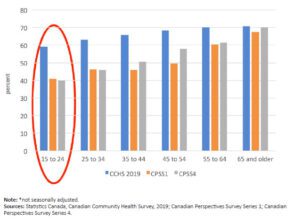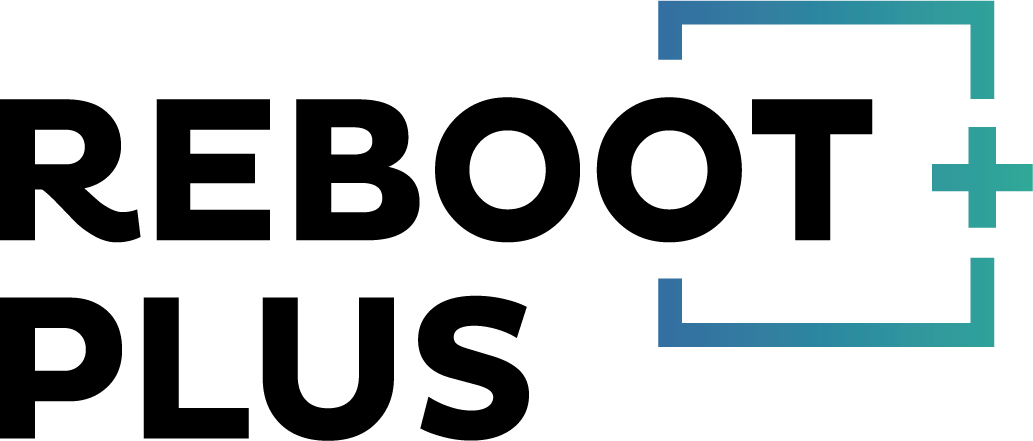Generational diversity is increasing in the Canadian workforce. In addition to employing people from different races, religions, and genders, most businesses have workers from four very different generations. “Generational diversity can be an advantage,” says Mary Karamanos, BDC’s Senior Vice President of Human Resources. “In today’s competitive business world, we need to use every advantage to maximize our competitive edge and to build a more diverse workplace.”
1. Learn What Canada’s Generational Portrait Looks Like
According to this Statistics Canada Census Report, 17.6% of Canada’s working population is Generation Z, while Baby Boomers make up 25.9%. Canada faces record retirements from an aging labour force. The working-age population (persons aged 15 to 64) has never been older. More than 1 in 5 persons (21.8%) in this population is close to retirement. This proportion represents an all-time high in the history of Canadian censuses. The number of seniors aged 65 and older grows six times faster than children 0-14. This is resulting in labour shortages in recent years creating challenges for Canadian companies and businesses.
2. Reach Out To Youth In Your Communities
You must understand what drives your workers in order to get the best from them. Each generation has strengths. Our upcoming workforce, Generation Z, is known for being at ease in a multicultural society, taking pleasure in learning from others and exploring what different cultures have to offer, from food to ideas. As a working professional, you can connect with this generation, directly, through our program, by offering youth an informational interview. Our program offers participants the chance to meet four to seven professionals in their fields of interest to get to know the sector, what the job market is like, job requirements, and get guidance on developing their careers. At the same time, it allows potential employers to see the potential in this demographic and support their entry into the workforce.
3. Adjust your Recruitment Process to Build a More Diverse Workplace

Businesses are going to need to manage different skills and expectations of multiple generations to navigate this demographic transition. For example, Millennials and members of Generation Z tend to be better educated and more tech-savvy than previous generations. At the same time, their mental health has declined significantly as a result of the pandemic, reporting a 20 percentage point reduction from 60% pre-COVID to 40% in July of 2020. “More young employees are speaking out about their struggles, taking breaks from work to recharge or quitting jobs that don’t serve them—a shift that’s been amplified by the pandemic,” as written in this article.
4. Inspire Youth to Reach Their Potential
Gen Z Canadians feel they can make a difference in the world around them through their choices and actions. They are the most tech-savvy of all generations and can draw on their facility with the newest forms of technology to stay on top of developments. They’re comfortable navigating a complex world and have confidence to express themselves as they move through life. This generation also has the highest ecological concern of any group of Canadians. By taking the time to identify their strengths, you can develop a plan to inspire youth to do their best and make it easier for senior employees to pass the torch to this generation.
___
With funding from the Future Skills Centre, the Douglas College Training Group, the Burnaby Board of Trade, and PEERS Employment & Educational Resources are researching whether “hope-centred” career development can nudge students to further their education and career options. This innovative program aims to re-engage at-risk youth in education and career development by providing them training and exposure to both post-secondary education and to the world of work.
The Reboot Plus project is funded by the Government of Canada’s Future Skills Centre.
Le projet Reboot Plus est financé par le Centre des Compétences futures du gouvernement du Canada
